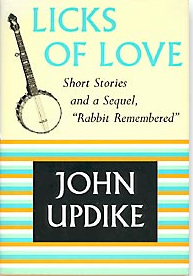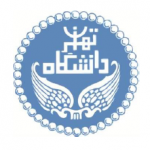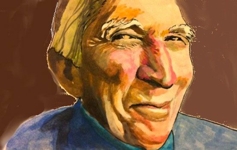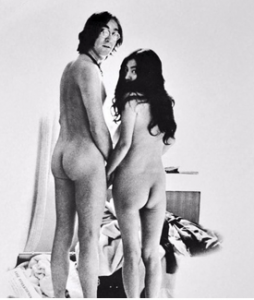 ‘Twas the night before Christmas, and blogger Richard Smith (Richard Smith’s non-medical blogs) spent the evening pondering the connection between John Updike and his alter ego, Harry “Rabbit” Angstrom—specifically, by reading, considering, and including quotes from the novella Rabbit Remembered, with a comparison to Tolstoy thrown in for good measure:
‘Twas the night before Christmas, and blogger Richard Smith (Richard Smith’s non-medical blogs) spent the evening pondering the connection between John Updike and his alter ego, Harry “Rabbit” Angstrom—specifically, by reading, considering, and including quotes from the novella Rabbit Remembered, with a comparison to Tolstoy thrown in for good measure:
“One of the characters in Rabbit Remembered says of the detective novels she is always reading, ‘How do they make all this up? They must have a screw loose.’ John Updike I feel is mocking himself. I’m sure that he thinks he has a screw loose, and he’s glad about it. He wouldn’t have wanted to have all his screws tight; who does?
“I came to read Rabbit Remembered by mistake. I’ve been slowly—here and there, for a shot of humor, color, and inventiveness, like a glass of Cognac—been reading my way through Updike’s Licks of Love. When I started reading Rabbit Remembered I thought I was reading another short story, but it’s a full novel, or at least a novella. I read more than half of it in one go on the plane yesterday from Bengaluru to London. That’s the way I read. (I seem to have given up watching films on planes: they almost always disappoint. My novels, never—I’m too choosy.)
“Every sentence of Updike carries poetry and sharp observation—and often a joke as well. I’ve been reading Rabbit Remembered at the same time as reading Anna Karenina, and most sentences of Tolstoy contain insights—but they don’t have the fizz, the joy of words, the poetry of Updike (they probably have more poetry in Russian). The beauty of Tolstoy is in the vast range and the deep and timeless psychological understanding. In Anna Karenina marriage (“that bloody business”) is examined from every angle. Updike too exams relationships acutely, but in a lighter, funnier way. Perhaps some would find Updike overwritten, but his sentences sing and seem effortless, which, of course, they can’t be.”
The full post can be found here: “Rabbit and Updike remembered.”
Those intrigued by Smith’s insights may want to also read his Dec. 25, 2016 post, “John Updike on the demented as a ‘dead weight’ on society,” also sparked by his reading of Rabbit Remembered.








